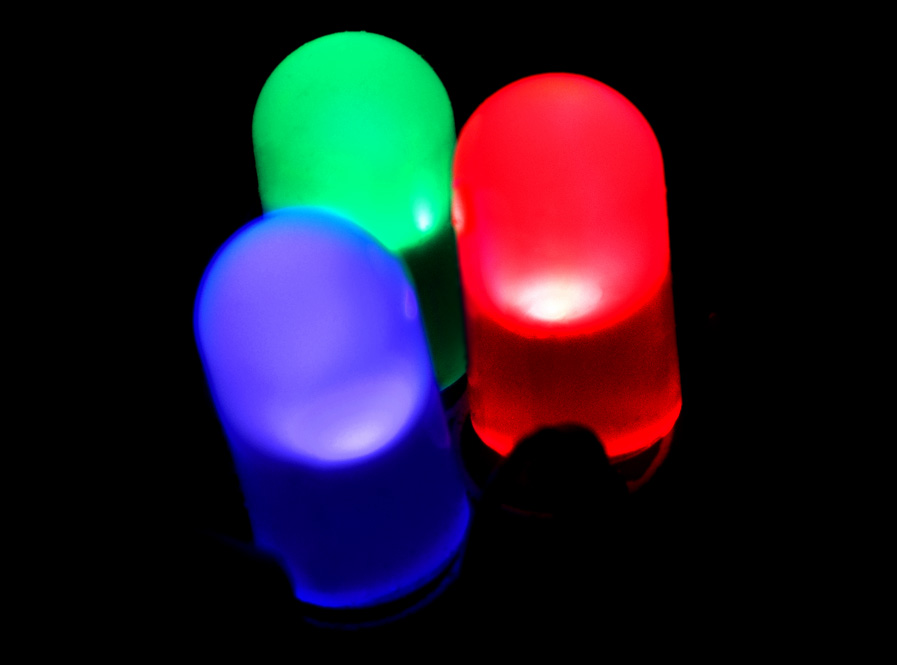How LEDs Are Changing the World

The invention of the transistor inspired research in semiconductor materials other than germanium and silicon, including compound “direct-bandgap” semiconductors that could emit light. Nick Holonyak, Jr., a student of transistor co-inventor John Bardeen, explored the alloy engineering aspects of compound semiconductors at the Univ. of Illinois that led to the first demonstration of practical visible-spectrum light emitting diode (LED) in 1962.
Since this time, several compound semiconductor materials systems have been developed for LEDs, the most important of which is the (Al,Ga,In)N system which demonstrated blue-emitting LEDs in the 1990s. The 2014 Nobel Prize in Physics was “for the invention of efficient blue light-emitting diodes which has enabled bright and energy-saving white light sources” – thus recognizing how this unusual material system is now the backbone of the solid state lighting industry.
In this presentation, Dr. Krames will tell the story of how this material system has changed the display industry, and how it has come to penetrate about 40% of the conventional (i.e., incandescent, fluorescent, discharge) lighting market with enormous savings in energy consumption and lighting maintenance. Dr. Krames will also discuss what we might expect in the future.
 About the speaker, Michael Krames, PhD of Arkesso, LLC
About the speaker, Michael Krames, PhD of Arkesso, LLCDr. Mike Krames has over 20 years of compound semiconductor materials, device, and applications experience, with emphasis on light-emitting diodes (LEDs) and laser diodes. He has served as CTO of Soraa Inc., Executive VP of Advanced Laboratories at Philips Lumileds (previously Lumileds Lighting, a joint venture between HP and Royal Philips Electronics), and has served on numerous advisory boards and boards of directors. His core expertise is in visible-spectrum compound semiconductor (III-V) optoelectronic materials and devices.
Dr. Krames played a key role in the launch of the first high-power LED platform for illumination (LUXEON®), and has made many contributions to the advancement of LED technology for solid state lighting in the areas of III-nitride epitaxy, emitter design, down-conversion materials, and applications. He has published over 80 papers and has been granted over 100 U.S. patents. He holds MS and PhD degrees in EE from the Univ. of Illinois at Urbana-Champaign, and a BS in EE from the Univ. of Texas at Austin. He is an IEEE Senior Member, and an IEEE-CNSV member.
Location: Hewlett-Packard Co. - 3000 Hanover Auditorium
3000 Hanover St., Palo Alto, CA 94304
View Map & Directions




